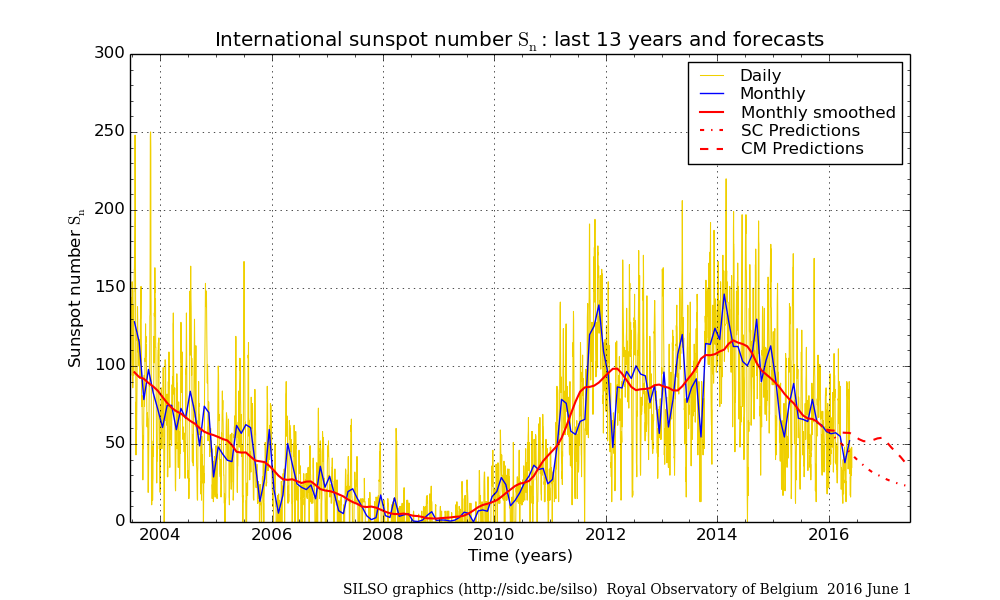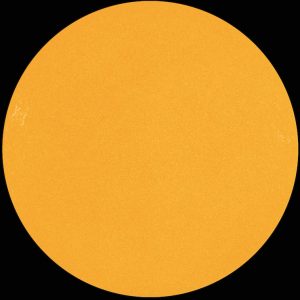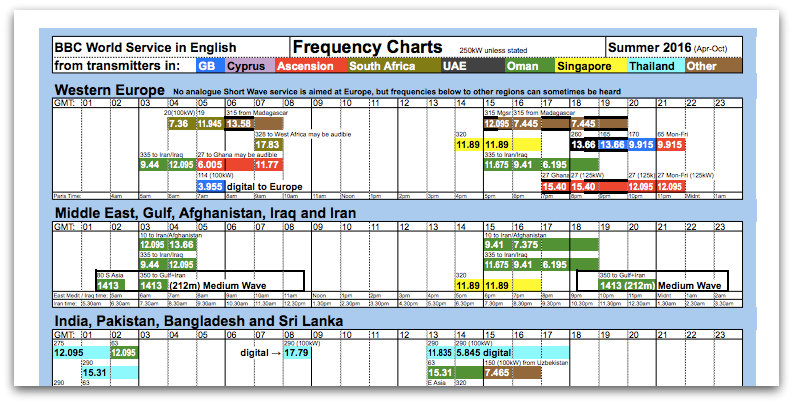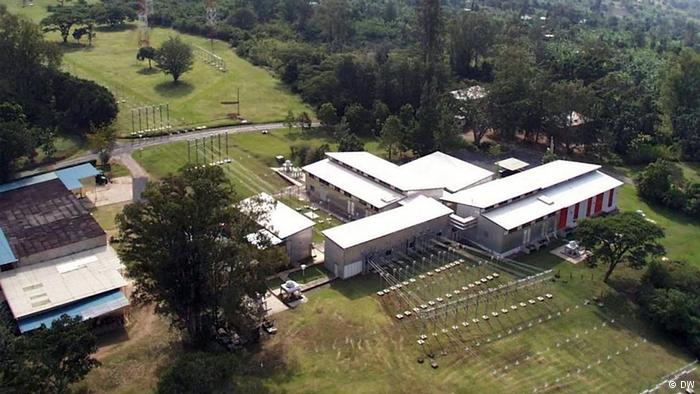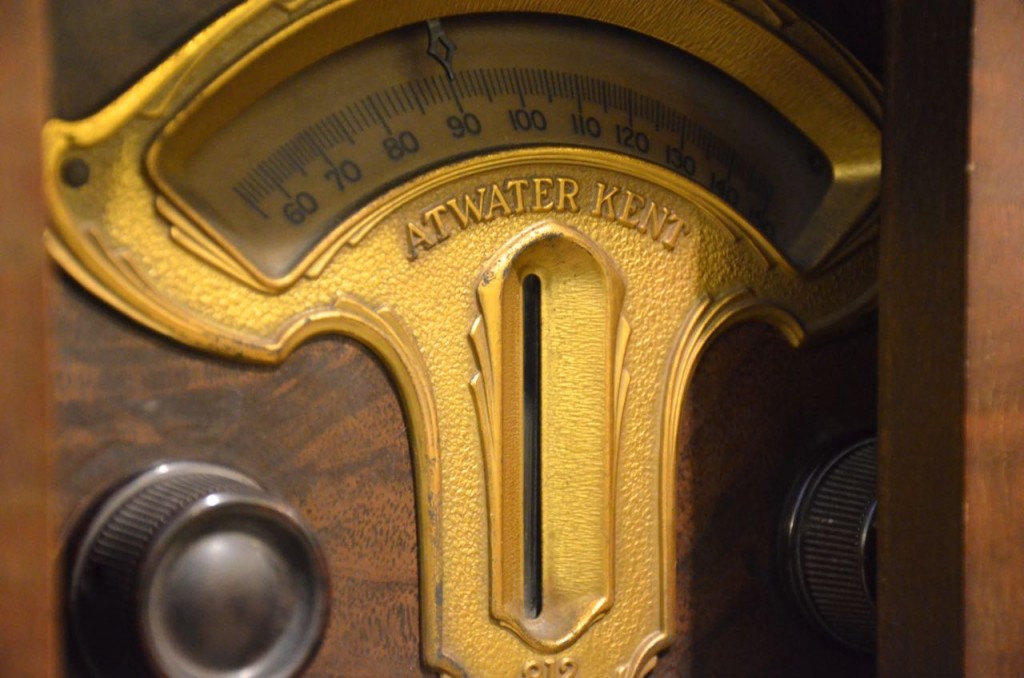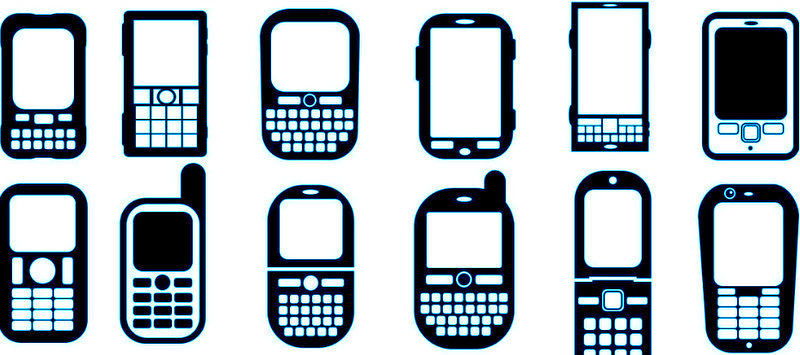
Many thanks to Andy Sennitt, who posted a link to this Mission Networks News article on Facebook.
Imagine being able to download an app…without the internet.
Well, it’s finally happened, thanks to shortwave radio. Broadcasting Board of Governors (BBG), take note: Faith Comes By Hearing (FCBH), a Christian organization that distributes Bibles in parts of the world where they are difficult to distribute, have a free smartphone app called Bible.is. The only problem is, the app wasn’t available in countries where there is no access to the Internet nor where authorities block the app…at least, until now. By using Trans World Radio’s Guam shortwave transmitter site, they have successfully “downloaded” this app to multiple smartphones in Thailand:
[D]ue to a major recent breakthrough by Faith Comes By Hearing (FCBH), they were able to deliver the Bible to an unconnected smartphone using shortwave radio towers over 3,000 miles for the first time ever.
Troy Carl, Vice President of FCBH, explains, “Yesterday, we were able to transmit file casting data packets from Guam all the way to Thailand using shortwave frequencies, and we were able to do that in partnership with Trans World Radio. So it was really quite exciting! Basically what we did is created one-way internet access turning that tower into a super WiFi router. And that’s quite a story because it’s never been done!”
To put it another way, Carl wrote this description in a recent post:
Just like the one you use everyday in your house, where you connect a data source (internet cable) and a power source (you plug it in) and the little antennas broadcast internet around your house (say 500 ft.) and you connect to it with your phone to read/listen/see the data it’s transmitting.
In Guam, we took a HUGE antenna, (supplied by Trans World Radio), hooked up a data source (a Bible.is app device), turned the power on (250kw) and sent the data into the air bouncing it off the ionosphere over 3,000 MILES!
Our team in Chang Mai Thailand, hooked up to this giant router with a proprietary decompiler. Then sideloaded the Bible.is app with all its content to multiple smart phones using a simple wifi broadcaster!
As I wrote in, Does Shortwave Radio Have a Future?, I’ve always believed that the shortwave medium could be leveraged for international digital/data communications, and should be, especially in countries under repressive regimes such as North Korea. In my article, I focused on Radio Canada International (RCI), which was then dismantling their shortwave transmitter site:
[B]roadcasters should not dismantle their transmission sites as Canada is currently doing. Not only is the current service originating from these sites a more reliable form of emergency communications than the Internet, should a national disaster befall us; not only do they continue to provide a broad-spectrum mode of diplomacy; but should future digital communication modes find a way to take advantage of the HF spectrum as is now under discussion, this would be most unfortunate.
Imagine a wi-fi signal with a footprint as large as several countries, digital devices with tiny fractal antennas that receive this signal containing rich media (e.g., audio and video)––these are not science fiction, but highly plausible uses of these transmission sites, even within the next decade…
FCBH’s innovation is simply a first step in this direction. If it turns out that this method is both accessible and affordable, this could truly pave a new road on the mobile information highway.

